Some places just feel different the moment you set foot in them. A palpable sense of mystery emanates from the architecture surrounding you. Whether it’s hidden doorways, unusual design elements, or simply an inexplicable aura, these towns have mastered the art of keeping visitors guessing about what lies behind their facades.
Here is a list of 20 towns where the architecture seems to whisper secrets from every corner. Each has unique architectural intrigue that makes you wonder what stories remain untold.
Port Townsend, Washington

Nestled on the northeastern tip of the Olympic Peninsula, Port Townsend boasts a collection of Victorian buildings that seem to hide centuries of maritime tales. The ornate detailing on these 19th-century structures features hidden symbols of seafaring life, with some homes containing concealed passageways that once allowed sailors to move between buildings undetected.
Many of these historic structures maintain their original design elements, including hidden basement entrances that once connected to the shoreline.
Sintra, Portugal
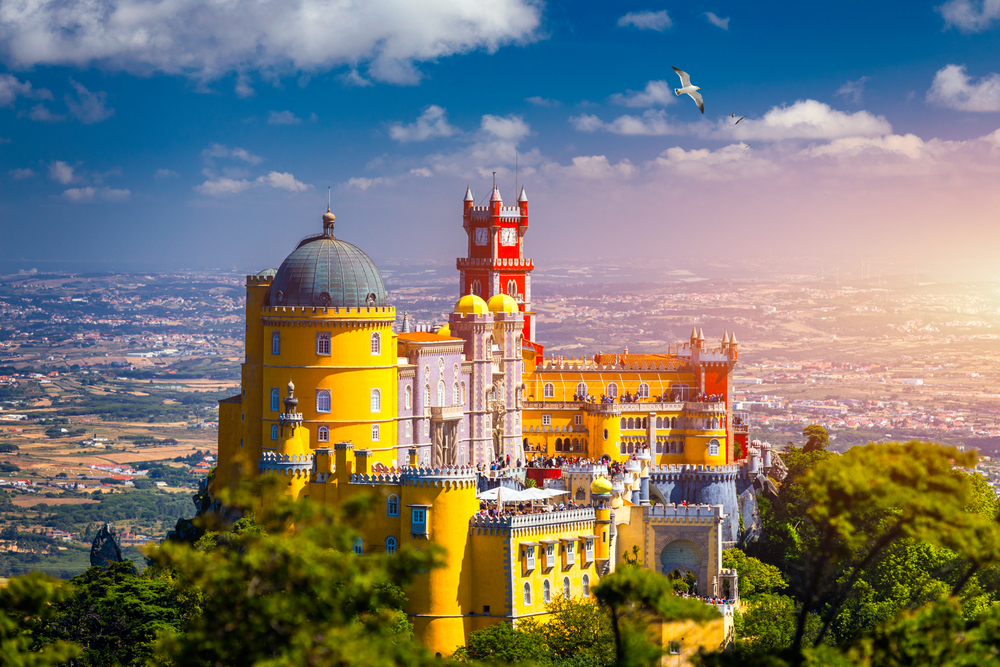
This Portuguese hillside town is home to the bewildering Quinta da Regaleira estate, where nothing is as straightforward as it appears. The grounds feature an inverted tower with a spiral staircase leading underground, symbolizing descent into the underworld.
Nearly every building in Sintra sports hidden doorways, concealed garden entrances, and stone facades with encoded symbols that were meaningful to ancient mystical orders.
Like Travel Pug’s content? Follow us on MSN.
Savannah, Georgia
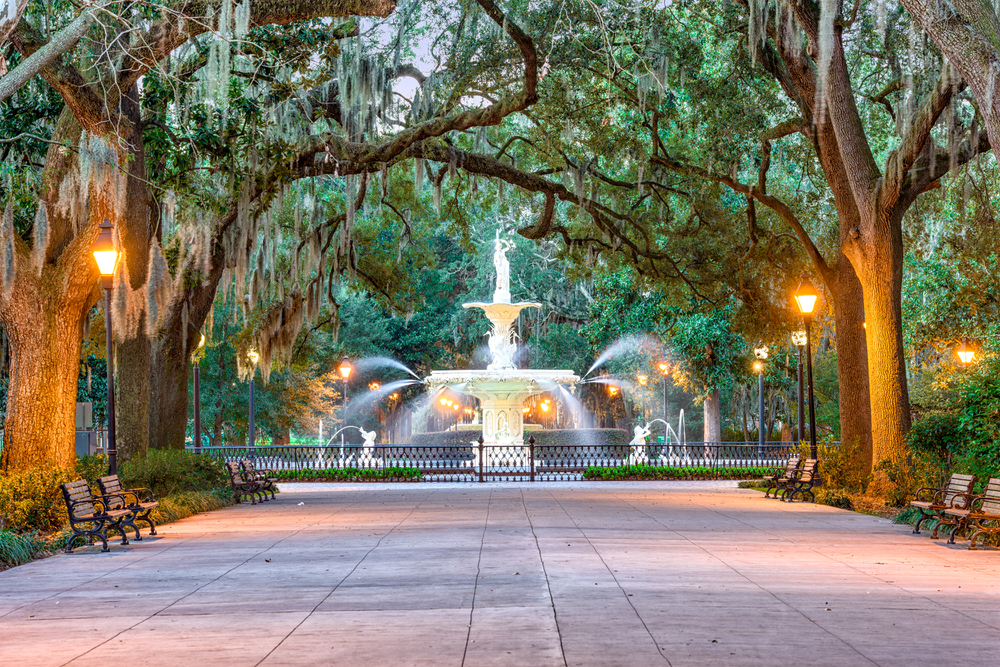
The historic district of Savannah features homes with false doors, concealed staircases, and shuttered windows that don’t open to anything. Many buildings include ‘haint blue’ ceilings on porches—a traditional color believed to ward off evil spirits.
The town’s architecture deliberately incorporates optical illusions, with some structures appearing smaller from the outside than inside.
Český Krumlov, Czech Republic

This medieval town’s curved streets are lined with buildings featuring hidden courtyards that open up like Russian nesting dolls. Many structures connect through underground passages that date back centuries, allowing residents to traverse the town unseen.
The facades often feature trompe l’oeil paintings that create windows and architectural details where none exist, adding to the sense that nothing is quite what it seems.
Matera, Italy

The ancient cave dwellings of Matera, known as ‘Sassi,’ appear simple from the outside but unfold into complex networks of rooms carved deep into the mountainside. Many homes feature doorways that lead to unexpected chambers or connect to neighboring dwellings through concealed passages.
The town’s structure creates an optical illusion, with buildings growing directly from the earth, blurring the line between natural and constructed space.
Like Travel Pug’s content? Follow us on MSN.
Bruges, Belgium

This medieval Belgian city is known for its buildings with secret internal canals running beneath them, allowing goods to be delivered directly into basement storerooms. Many historic homes feature beguiling brickwork patterns that subtly encode the profession or status of the original owner.
The town’s architecture includes numerous false facades, behind which unexpected courtyards and garden spaces are invisible from the street.
Jaipur, India

The ‘Pink City’ features buildings with intricate latticed windows called ‘jharokhas’ that allow occupants to observe street life while remaining completely hidden. Palace structures throughout Jaipur incorporate clever acoustic designs that enabled rulers to eavesdrop on visitors and courtiers from hidden chambers.
The city’s architecture uses mathematical patterns and astronomical alignments that reveal different aspects depending on the time of day and season.
Edinburgh, Scotland

The Scottish capital’s Old Town is built on multiple levels, with buildings that appear to be three stories from one street but seven or eight from another. Many structures feature ‘hidden closes’—narrow passageways tucked between buildings that lead to concealed courtyards.
Some of Edinburgh’s oldest buildings contain stone stairs that lead nowhere or doors positioned halfway up walls—architectural remnants from when the city’s street level was drastically altered.
Like Travel Pug’s content? Follow us on MSN.
Mdina, Malta

Known as the ‘Silent City,’ Mdina’s golden-hued buildings feature doors within doors, creating smaller entrances that don’t require the main portal to be opened. The narrow, winding streets deliberately obscure sightlines, with buildings positioned to hide their true scale until you’re directly upon them.
Many homes contain internal courtyards completely invisible from the street, with some buildings connected by rooftop passages that allow movement above the street level.
Brasov, Romania

This Transylvanian town features buildings with eyes—small windows built into roofs that resemble watchful gazes looking out over the streets below. Many structures include false walls that could be moved to create escape routes during the frequent invasions the region experienced throughout history.
The town’s architecture incorporates defensive elements disguised as decorative features, including hidden arrow slits and lookout points concealed within ornamental towers.
Quebec City, Canada
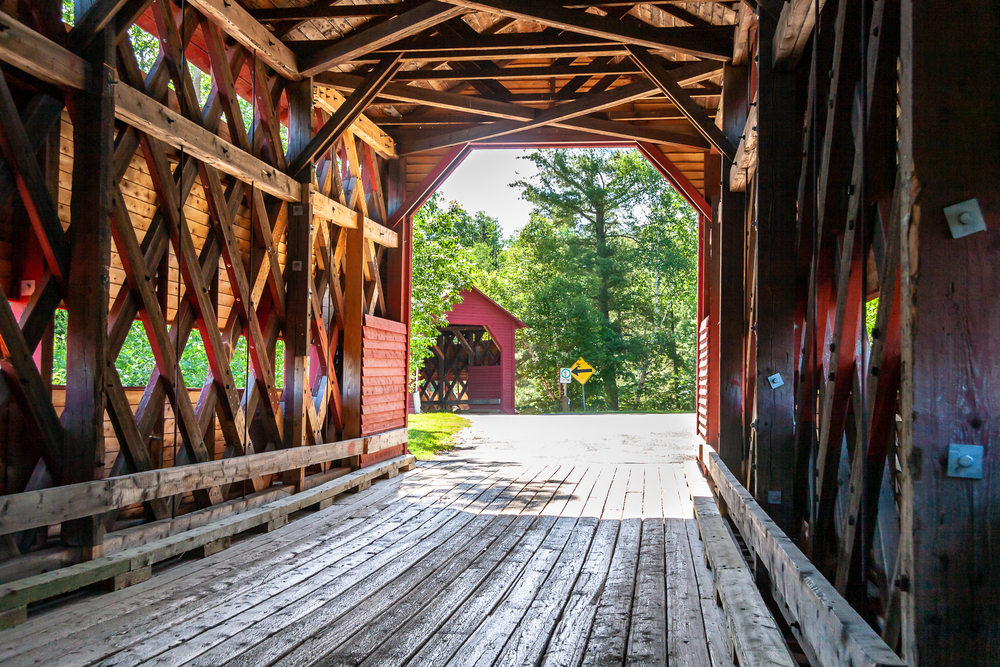
The walled portion of Quebec City contains buildings with ‘trompe-l’œil’ murals that create illusions of windows, people, and architectural details where none exist. Many historic structures feature concealed rooms used during conflicts between British and French forces.
The city’s design includes numerous optical illusions, with streets and buildings positioned to create forced perspective, making distances appear greater or lesser than they are.
Like Travel Pug’s content? Follow us on MSN.
Essaouira, Morocco

This coastal Moroccan town’s blue and white buildings feature doorways that lead nowhere and windows that open to solid walls—deliberate design choices meant to confuse unfriendly spirits. Many homes contain interior courtyards entirely hidden from street view, with decorative elements that change meaning depending on the angle from which they’re viewed.
The town’s architecture incorporates symbolic patterns in its tilework that seem decorative but tell stories to those who know how to read them.
Colmar, France
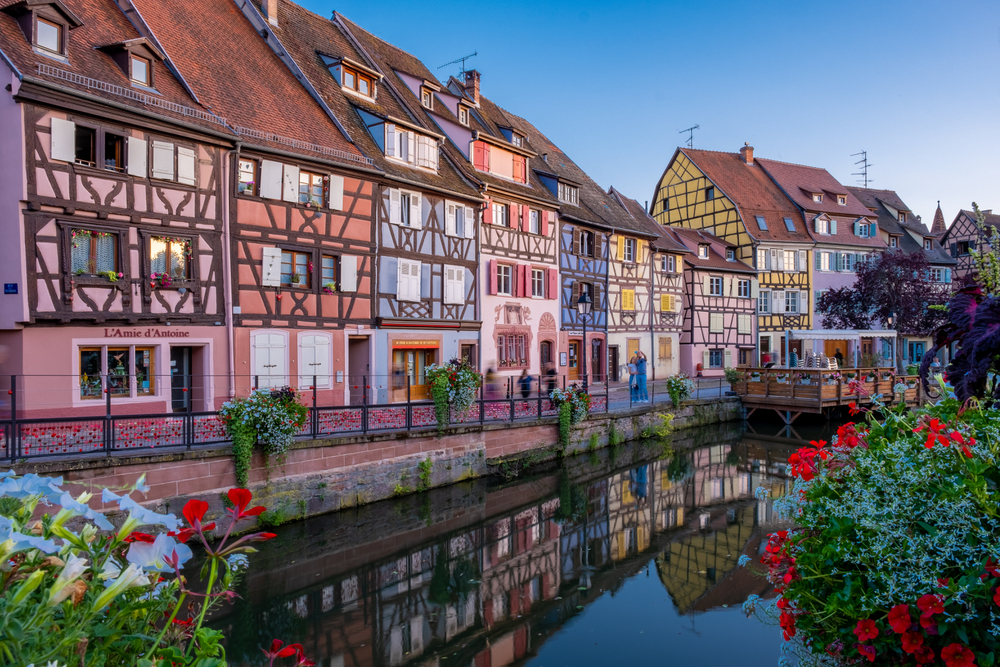
This Alsatian town’s half-timbered buildings feature asymmetrical designs, with windows that don’t align and doors that seem oddly placed—architectural quirks that originally served practical purposes but are now lost to time. Many structures incorporate hidden symbols representing the original owner’s trade subtly worked into wooden beams and stone carvings.
The town’s buildings often appear to lean toward each other across narrow streets, creating the illusion of secret conversations between structures.
Takamatsu, Japan
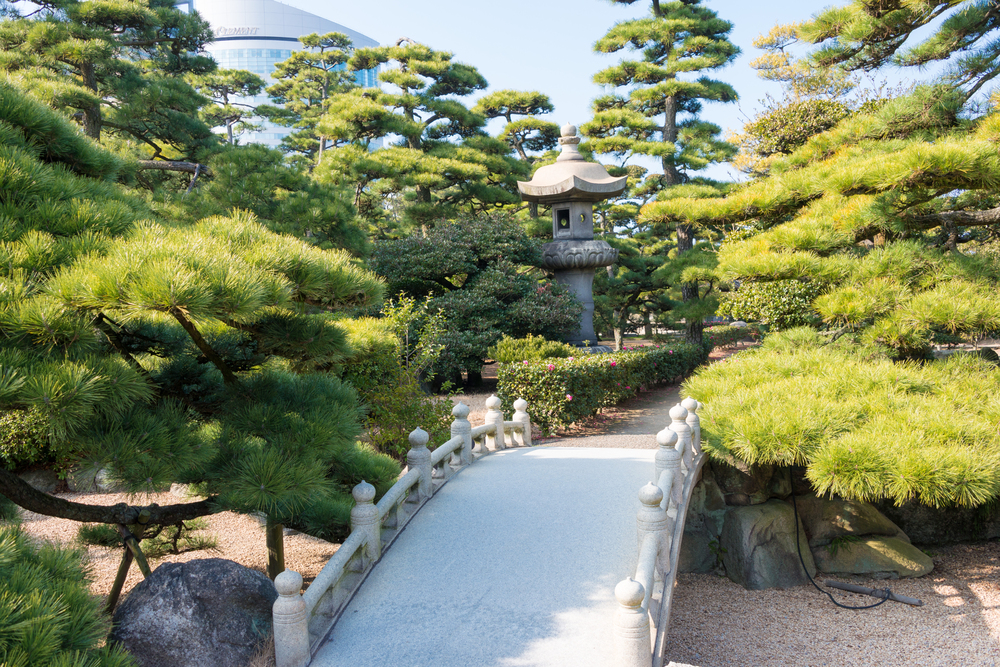
The buildings in this Japanese city often incorporate ‘okuniwa’—hidden gardens completely invisible from the street that can only be discovered by venturing deep into a structure. Many traditional homes feature sliding panels and movable walls that can completely transform interior spaces depending on needs.
The city’s architecture employs principles of miegakure—the aesthetic concept of partial revelation—where elements are deliberately obscured to heighten curiosity about what lies beyond.
Like Travel Pug’s content? Follow us on MSN.
Oxford, England
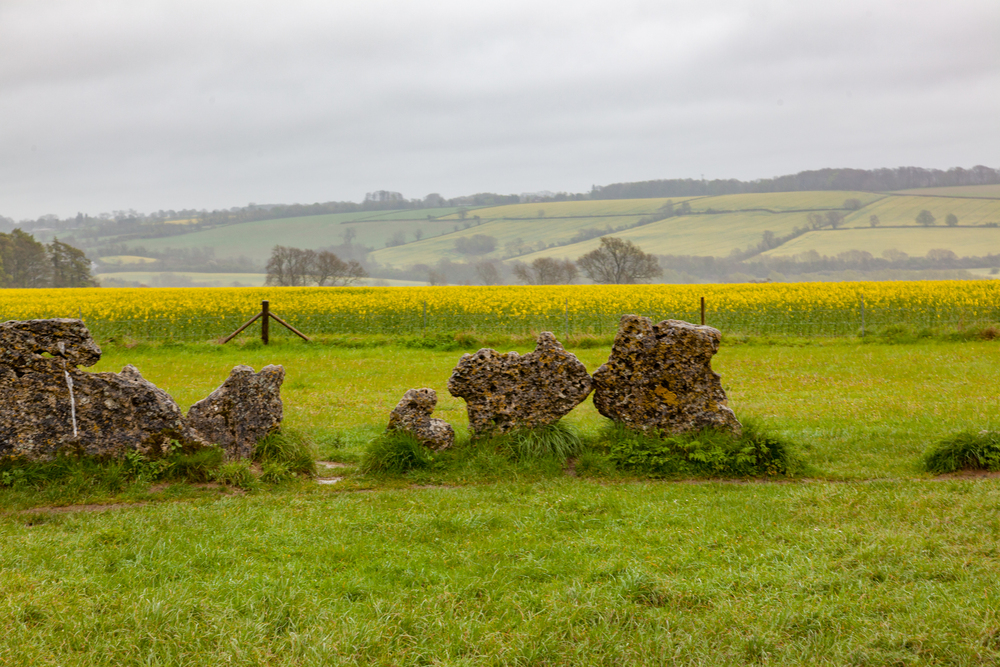
The colleges of Oxford feature buildings with secret doors disguised as bookshelves and passageways hidden behind ornate wooden paneling. Many historic structures incorporate hidden spaces originally designed as hiding places for clergy during periods of religious persecution.
The city’s architecture plays with expectations through courtyards that suddenly open up after narrow entrances and staircases that split and rejoin in unexpected ways.
St. Augustine, Florida

As America’s oldest city, St. Augustine features buildings with ‘casement windows’ that appear decorative but conceal gun ports for defense. Many structures include hidden cellars used for storage during sieges, connected by tunnels leading to the old fort.
The town’s architecture incorporates Spanish defensive design principles, where buildings present blank faces to the street while hiding lush interior courtyards.
Dubrovnik, Croatia

This walled coastal city features buildings with concealed cisterns beneath them, collecting rainwater through hidden channels in the stonework. Many structures include secret doors leading to the city walls, allowing quick access during times of siege.
The town’s architecture uses clever positioning of windows and doorways that catch sea breezes while remaining shaded, creating the impression of buildings that breathe with the tides.
Like Travel Pug’s content? Follow us on MSN.
Lviv, Ukraine

This Eastern European city contains hidden courtyards connected by passages so discreet that even residents of neighboring buildings might not know they exist. Many historic structures feature cellars that extend far beyond the building’s footprint, creating underground networks that once housed everything from workshops to wine cellars.
The town’s architecture incorporates numerous styles that blend seamlessly, with Renaissance facades hiding medieval cores.
Cusco, Peru

The former Incan capital features buildings constructed with stones so precisely fitted that even today, a piece of paper cannot be slipped between them—hiding the genius engineering that makes these structures earthquake-resistant. Many colonial-era buildings were built atop Incan foundations, creating dual-identity structures with hidden rooms that predate European contact.
The town’s architecture incorporates astronomical alignments that are invisible to casual observers but crucial to Incan cosmology and calendar systems,
Valletta, Malta

Built by the Knights of St. John, Valletta’s limestone buildings feature puzzling symbols and coded messages embedded in their facades. Many structures include hidden chambers for the knights’ secret ceremonies and meetings.
The city’s grid-like layout hides the fact that streets are subtly angled to channel cooling sea breezes through them—an invisible comfort mechanism built into the very fabric of the town.
Like Travel Pug’s content? Follow us on MSN.
Mysteries Etched in Stone

These fascinating towns remind us that architecture serves purposes beyond mere shelter—it tells stories, guards secrets, and creates experiences that transcend generations. From defensive innovations to spiritual symbolism, these built environments capture human ingenuity at its most mysterious.
What makes these places truly special isn’t just their hidden features, but also how they continue to intrigue us centuries after their creation. They prove that sometimes the most compelling stories are those written not in books but in stone and wood.
More from Travel Pug

- Cities Growing so Fast You Won’t Recognize Them in 10 Years
- 13 Destinations Where Tourists Regularly Regret Their Trip
- 20 Obscure WWII Sites Even History Buffs Don’t Know About
- 10 Under-the-Radar Mountain Towns That Are Both Affordable and Beautiful
- Remote Villages in Europe Where You Can Live for Free in Exchange for Work
Like Travel Pug’s content? Follow us on MSN.
